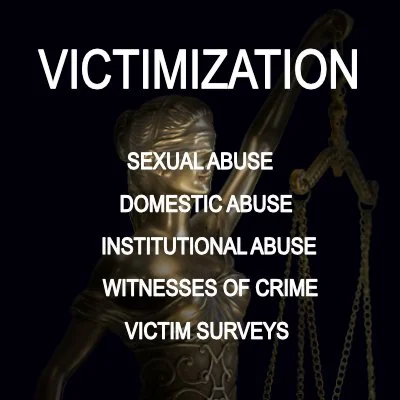By Malore Dusenbery, Jeanette Hussemann, Teresa Crowe
More than 11 million people in the United States are Deaf, deaf, hard of hearing, late-deafened, or Deaf-Blind. Research indicates deaf people report experiencing victimization at higher rates, but a lack of accessible resources and trauma-informed services for American Sign Language (ASL) speakers makes it difficult for deaf people to report crimes and access support. In response to these issues, the Manhattan District Attorney’s Office in 2017 began funding Barrier Free Living (BFL), a provider of services for survivors of domestic violence and their families, to increase access to direct services for deaf survivors and increase local stakeholders’ awareness of deaf survivors’ needs through its Deaf Services (DS) program.
In 2019, Urban, in collaboration with Gallaudet University and NORC at the University of Chicago, began a multimethod process evaluation of BFL’s DS program to document its implementation and assess to what extent it achieved its intended goals. Drawing on information gathered from BFL staff, deaf consumers of BFL’s services, and community partners, we identified the following key findings:
The DS program provided a range of services to meet the diverse needs of deaf survivors, including counseling and support groups, legal services, case management, housing support, employment support, occupational therapy, and child care. Consumers reported overall positive experiences with the services they received and communication accessibility at BFL.
The DS program helped increase BFL’s ability to communicate with deaf survivors by increasing routine use of interpreters, training hearing staff in ASL, and improving communications technology.
The DS program led to increased awareness and collaboration around services provided to deaf clients, but communication and staffing challenges remain.
The DS program partners with a range of external agencies to support referrals or coordinate service provision, provide education and training, and conduct outreach and advocacy.
Funding and staffing are the primary factors that impede the provision of enhanced services for deaf survivors, but a community-wide lack of accessible and available services and housing also hinders providers from meeting their clients’ needs.
Based on these findings, we provide recommendations for
how BFL and similar direct service programs can improve and adapt staffing, services, and outreach to strengthen their response to deaf survivors;
how policymakers, funders, and system-level stakeholders can address societal and policy-level barriers to meeting the needs of deaf survivors; and
how researchers and funders of research can fill critical gaps in research on deaf survivors and deaf-focused services by increasing and improving the research done with the deaf community.
Washington, DC: The Urban Institute, 2022. 83p.



